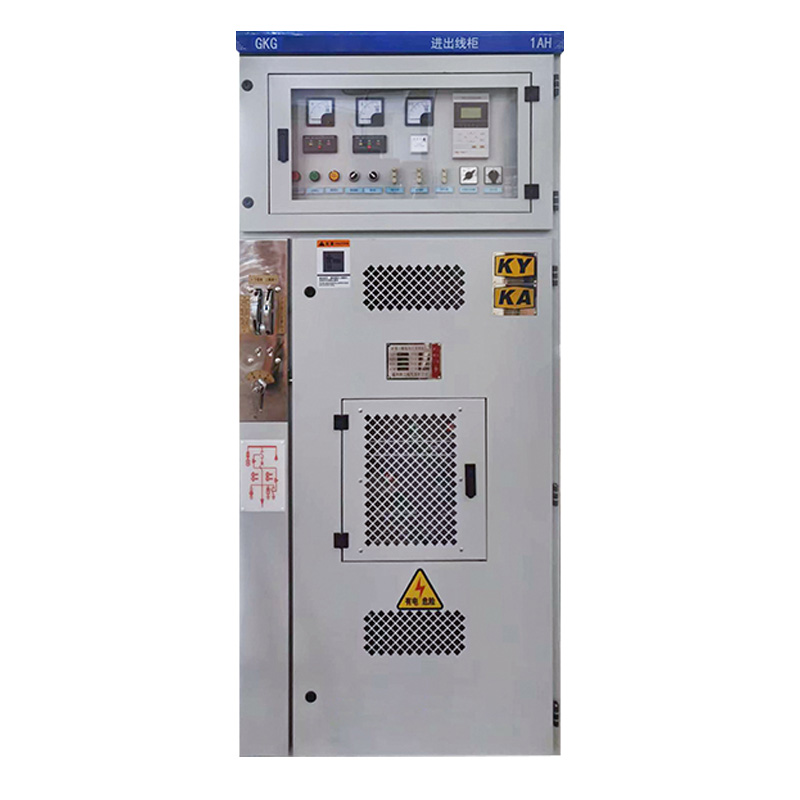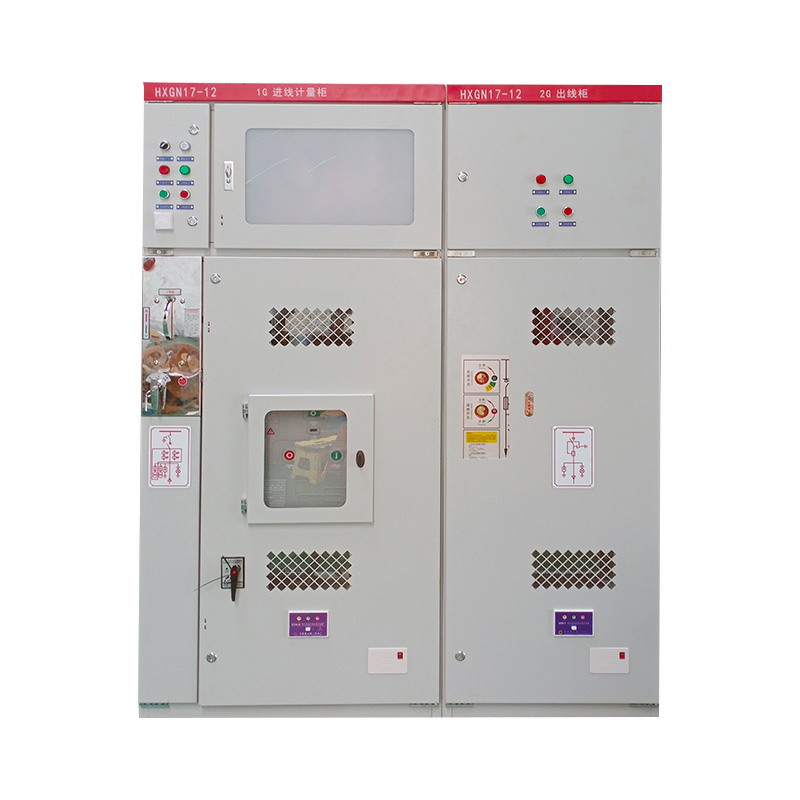
The main countries of the departure of cable trays from China
The main countries of the departure of cable trays from China
China is one of the largest manufacturers of cable trays in the world, and its products are in great demand in many countries. However, not all countries are equally actively importing these products. Let's look at the main directions of the export of Chinese cable trays.
1. Southeast Asian countries: a near and promising market
Southeast Asia is a region that demonstrates stable and significant growth in the construction industry, which directly affects the demand for cable trays. Countries such as Vietnam, Indonesia, Thailand and Malaysia are actively purchasing Chinese products thanks to its competitive price and wide range. The developing infrastructure and industrial projects in this region stimulate a constant flow of orders. The proximity of the geographical location also plays a significant role, reducing the delivery time and the cost of transportation.
2. European countries: quality solutions for demanding markets
Despite the availability of own manufacturers, European countries are also significant importers of cable trays from China. This is due not only to price advantages, but also by the high quality of some Chinese manufacturers who meet strict European standards. First of all, we are talking about countries with an actively developing industry and infrastructure, where a large number of cable trays are constantly required. At the same time, European customers often present higher requirements for certification and quality of materials.
3. North America and other regions: diversification and global presence
The USA and Canada are also among the countries importing cable trays from China. Although domestic production in these countries is quite developed, Chinese manufacturers offer competitive options, especially for large projects and wholesale purchases. In addition, China exports its products to Latin America, Africa and the Middle East, demonstrating global coverage and constant expansion of markets. Diversification of export areas allows Chinese manufacturers to stabilize their business and adapt to changes in the world market.
AppropriateProducts
Corresponding products
The best soldproducts
The best -selling products-
 Complete low -voltage equipment GCS
Complete low -voltage equipment GCS -
 Distribution box for mining pdk
Distribution box for mining pdk -
 High voltage cable branch box
High voltage cable branch box -
 YBW-12 Prevented YBW-24 substation (European substation)
YBW-12 Prevented YBW-24 substation (European substation) -
 GKG-12 high voltage
GKG-12 high voltage -
 Complete low-voltage equipment MNS 4000-6300A
Complete low-voltage equipment MNS 4000-6300A -
 Complete low -voltage equipment JXF
Complete low -voltage equipment JXF -
 Power transformer S13
Power transformer S13 -
 Complete low -voltage equipment GKK
Complete low -voltage equipment GKK -
 GKD low voltage
GKD low voltage -
 High voltage distribution cabinet HXGN15-12
High voltage distribution cabinet HXGN15-12 -
 High voltage distribution cabinet KYN28-12
High voltage distribution cabinet KYN28-12
Connectedsearch
Related search- Cable tray 50 50
- Chinese manufacturers shields Distribution Short 24
- Transformer substations 6 0 4
- Suppliers substation of 10 kV in China
- Shield Distribution Short 12
- Transformer substations 10 0
- Chinese suppliers of power cabinets
- Prices for cable trays in China
- Cable tray DKS
- Chinese suppliers Distribution shield IP65






